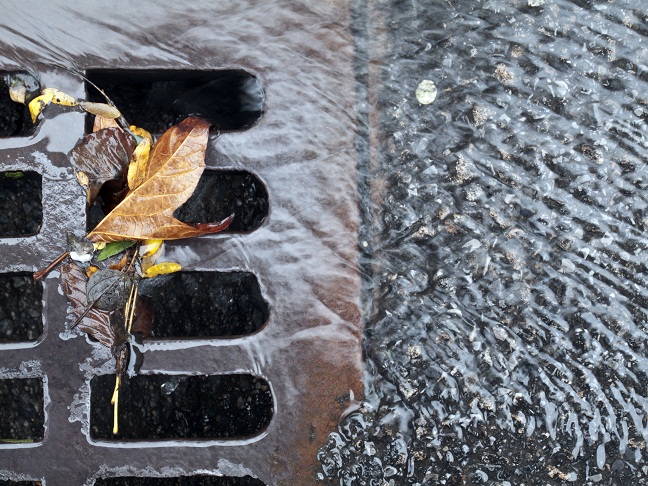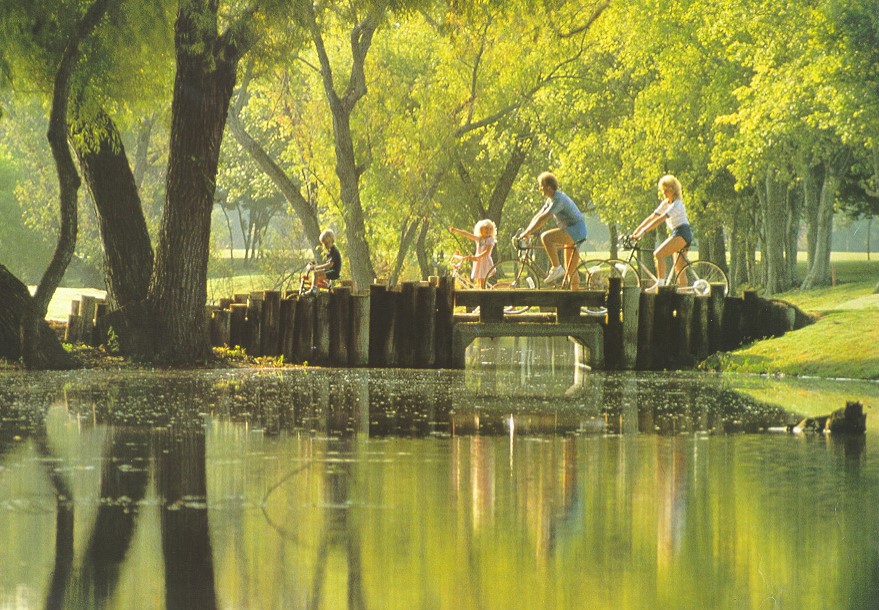On Sept. 24, the U.S. Environmental Protection Agency (EPA) released a new Great Lakes Restoration Initiative (GLRI) Action Plan outlining steps that federal agencies will take during the next five years to achieve four main goals:
- Cleaning up Great Lakes Areas of Concern;
- Preventing and controlling invasive species;
- Reducing nutrient runoff that contributes to harmful and nuisance algal blooms; and
- Restoring habitat to protect native species.
The GLRI originally was launched in 2010 to accelerate efforts to protect and restore the largest surface fresh water system in the world and to provide additional resources to make progress toward the most critical long-term goals for this important ecosystem.
The GLRI Action Plan announced in September summarizes the actions federal agencies plan to implement during Fiscal Years 2015–2019 using GLRI funding. They build on restoration and protection work carried out under the first Action Plan.
Since 2010, GLRI resources have helped fund cleanup actions required to delist five Great Lakes Areas of Concern and to formally delist the Presque Isle Bay Area of Concern. This represents a major change from the 25 years before the initiative, during which only one Area of Concern was cleaned up and delisted. GLRI resources also have been used to double the acreage enrolled in agricultural conservation programs in watersheds where phosphorous runoff contributes to harmful algal blooms in western Lake Erie, Saginaw Bay, and Green Bay. So far, GLRI resources have been used to fund more than 2,000 projects to improve water quality, to protect and restore native habitat and species, to prevent and control invasive species, and to address other Great Lakes environmental problems. Learn more.






